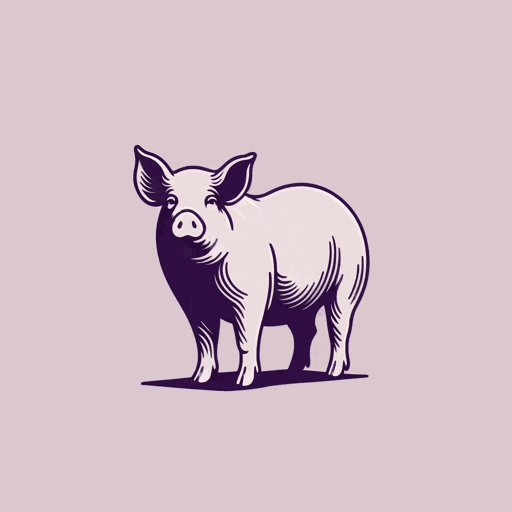88 pages • 2 hours read
George Orwell1984
Fiction | Novel | Adult | Published in 1949A modern alternative to SparkNotes and CliffsNotes, SuperSummary offers high-quality Study Guides with detailed chapter summaries and analysis of major themes, characters, and more. For select classroom titles, we also provide Teaching Guides with discussion and quiz questions to prompt student engagement.
Introduction
1984 (also published as Nineteen Eighty-Four: A Novel)
- Genre: Dystopian; social science/political fiction
- Originally Published: 1949
- Reading Level/Interest: Lexile 1090; grades 11-12, college
- Structure/Length: 3 parts, 23 untitled chapters, appendix; approx. 11 hours on audio
- Protagonist and Central Conflict: Bureaucrat Winston Smith longs to see the fall of the oppressive totalitarian government under whose close watch he lives, but fear and betrayal obstruct his hopes for change.
- Potential Sensitivity Issues: Sexual and violent content
George Orwell (pseudonym of Eric Arthur Blair), Author
- Bio: 1903-1950; English novelist, critic, essayist; known for themes that warn against imperialism and authoritarian control
- Other Works: “Shooting an Elephant” (1936); Animal Farm (1945)
- Awards: Prometheus Hall of Fame Award (in 1984 for 1984 and 2011 for Animal Farm)
CENTRAL THEMES connected and noted throughout this Teaching Unit:
- Constant Surveillance Is Oppressive
- Totalitarian Power Diminishes Individuality
- Propaganda Manipulates Emotion and Discourages Individuality
STUDY OBJECTIVES: In accomplishing the components of this Unit, students will:
- Develop an understanding of the characteristics of dystopian literature; analyze the ways in which 1984’s setting and circumstances exemplify a dystopia.
- Read/study short paired texts and other resources to deepen understanding of themes related to Totalitarian Power, Individuality, and Propaganda.
- Prepare and present a slideshow comparing the impacts of Totalitarianism on fictional and real individuals.
- Analyze textual elements such as detail, character development, and atmosphere and construct essay responses connecting these elements to the novel’s themes.
Related Titles
By George Orwell

A Hanging
George Orwell

Animal Farm
George Orwell

Burmese Days
George Orwell

Coming Up for Air
George Orwell

Down and Out in Paris and London
George Orwell

Homage To Catalonia
George Orwell

Keep the Aspidistra Flying
George Orwell

Politics and the English Language
George Orwell

Shooting an Elephant
George Orwell

Such, Such Were the Joys
George Orwell

The Road to Wigan Pier
George Orwell

Why I Write
George Orwell

